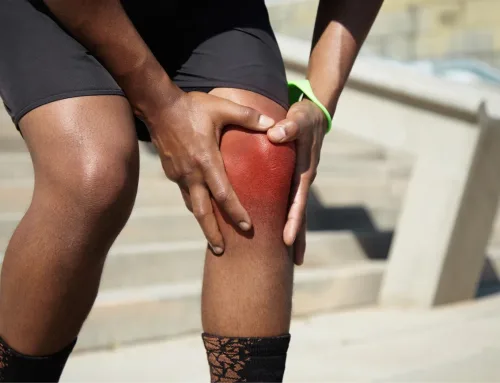What is an ACL?
The Anterior Cruciate Ligament (also known as the ACL) is a stabilizing structure that is within the knee. The ACL is important to pivoting motions and maintaining knee stability. This is especially important in sports requiring quick turns like soccer or football. The ACL will tear when the ligament is pulled beyond its point of maximal tension. Athletes commonly tear their ACL while twisting their knee when landing from a jump as often occurs during volleyball or basketball games.
How do I know if my ACL is torn?
Most athletes feel a “pop” and deep pain in the knee after their ACL tears. Often, it feels like the knee gives way. There is usually immediate swelling to the knee and it is associated with pain. These injuries are often associated with other injuries such as meniscus tears, bone bruising, and injuries to other ligaments around the knee. Your physician will perform a physical exam and then order an x-ray and MRI to evaluate your knee for injuries sustained.
How do I treat my ACL tear?
Initial treatment for an ACL tear revolves around protecting the knee, reducing swelling, and regaining motion. You may be placed in a brace initially. The swelling can be reduced by resting, ice, using a compression wrap such as an ACE bandage, and elevating your knee above your heart.
Most athletes with an ACL tear will want to have their ACL reconstructed so that they can return to sports that require pivoting. An ACL reconstruction involves using ligaments from your body or from a cadaver to make a new ligament. Often you will require several months of rehabilitation following surgery before returning to sport
If you are willing to modify your activities by avoiding sports that require pivoting or cutting, some patients may be good candidates for non-operative treatment. The focus of recovery typically utilizes recovery via physical rehabilitation. Your physical rehabilitation protocol would focus on rebuilding quadriceps and hamstring strength and return to normal activities.
Outcomes
Regardless of whether you undergo surgery or not, your knee may be at higher risk for arthritic wear. More active patients who do not undergo surgery may develop meniscus and cartilage injuries if they sustain multiple episodes of instability. If you continue to have instability, you may be a good candidate for an ACL reconstruction. Outcomes of surgical reconstruction are generally excellent.





